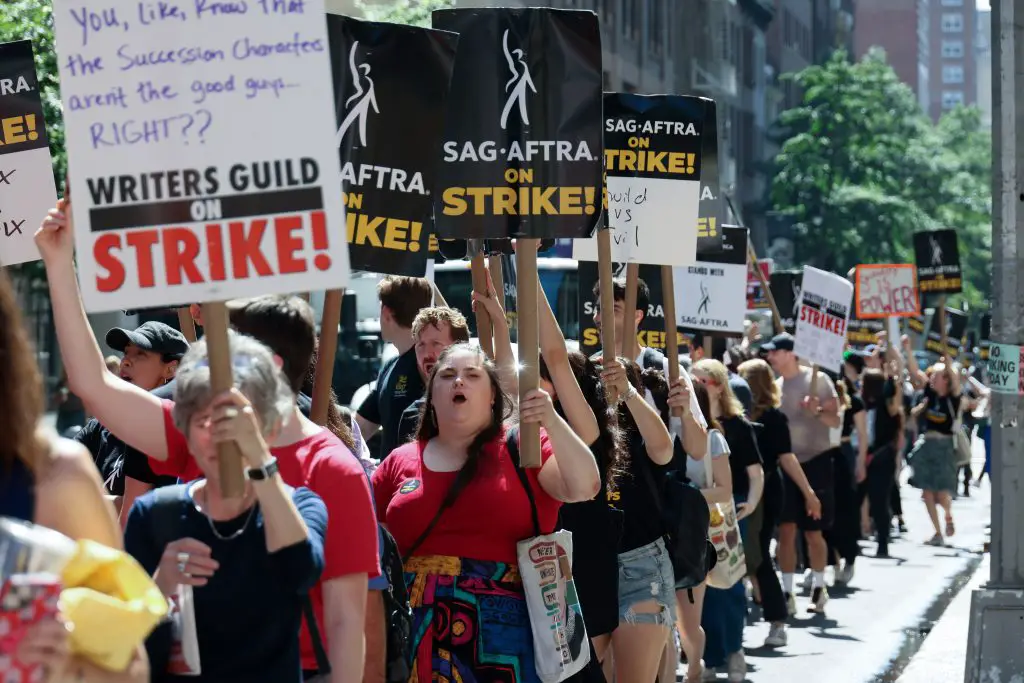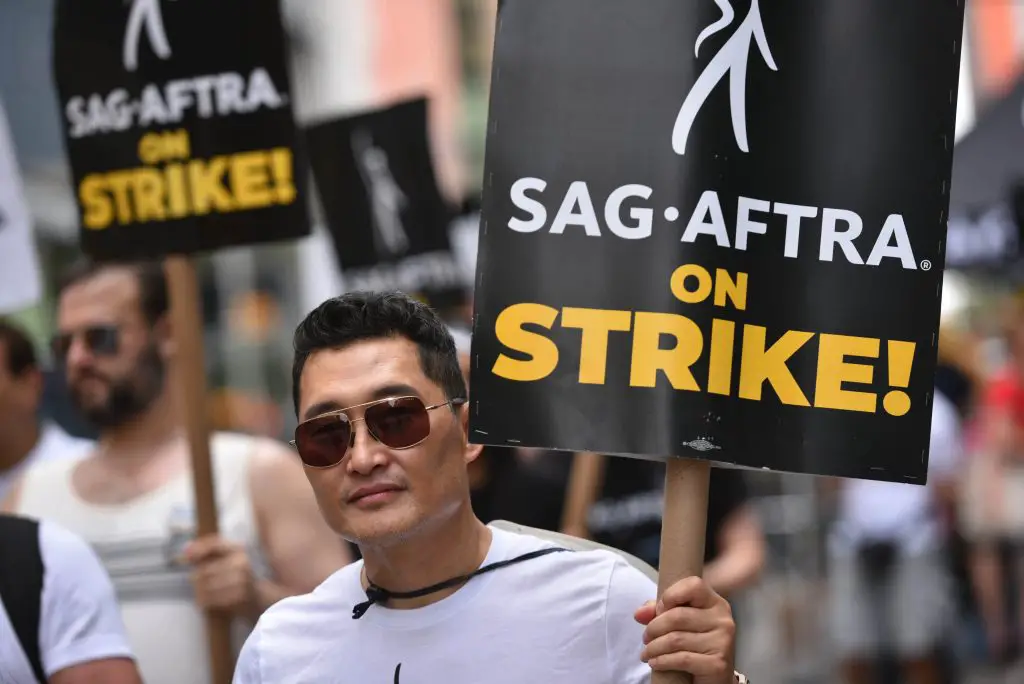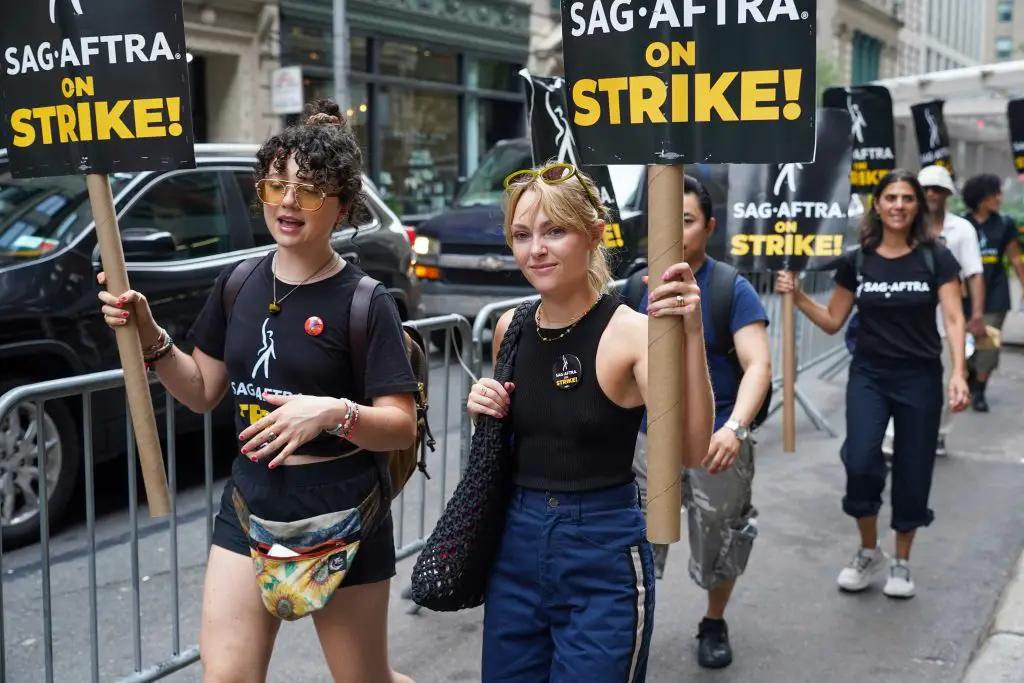Amidst rising tensions between major Hollywood studios and unions, the Writers Guild of America (WGA) and SAG-AFTRA have remained resolute, maintaining their stance even during the scorching summer heat. The latest progression in this pursuit of equity comes from animation writers who believe that this notable strike could be the turning point for them, leading to a future where they too enjoy WGA protections.
As the stalemate ensued last August, a significant move was observed when over 1,500 WGA members pledged solidarity, vowing to integrate their animation counterparts into the union. With the latest strike, the momentum towards fulfilling this commitment seems to have picked up the pace.
While many animated series proceed as normal due to their writers not being union-affiliated, a few standout exceptions from major studios have garnered attention. Renowned shows from 20th Animation such as “Family Guy,” “Bob’s Burgers,” “The Simpsons,” and “American Dad!”, together with Netflix’s “Big Mouth” and “Disenchantment,” are under the protective umbrella of the WGA. Consequently, the brains behind these shows have vacated their usual workspaces, demonstrating their alliance with the striking community.
At a recent event outside the Warner Bros. Discovery offices in New York City, Susan Kim, the WGA East animation caucus co-chair, addressed the mounting crowd of supporters. She reassured them of the union’s commitment, stating, “once the current WGA battle was over, we are circling back to animation.” Her proactive approach didn’t end there. Emphasizing the importance of unity, Kim prompted the animated writers present to register, ensuring continued correspondence and integration with the union.
From Foes to Friends

However, it’s worth noting that the WGA and animation writers haven’t always seen eye to eye. The origins of their strained relationship can be traced back to conflicts between The Animation Guild (TAG) and the WGA in the 1970s. These disagreements primarily resembled territorial disputes and resurfaced during the WGA’s strike in 2007-2008. The tension escalated further when the WGA recommended live-action writers, who faced unemployment due to the COVID-19 pandemic, to transition to animation, unsettling TAG.
Yet, with the mounting challenges posed by the studios and the shared vision for the industry’s future, the three major players – SAG-AFTRA, WGA, and TAG – are seemingly navigating towards common ground. This newfound alliance hints at the possibility of burying past differences and working together towards a revolutionary shift in the entertainment industry.
Conclusion

In the constantly evolving landscape of Hollywood, the unyielding spirit of unions like the WGA and SAG-AFTRA is a testament to the strength and unity of writers and artists. As animation writers eye a future within the WGA’s protective fold, this ongoing strike could pave the way for unprecedented collaborations, reshaping the industry in historic ways.


